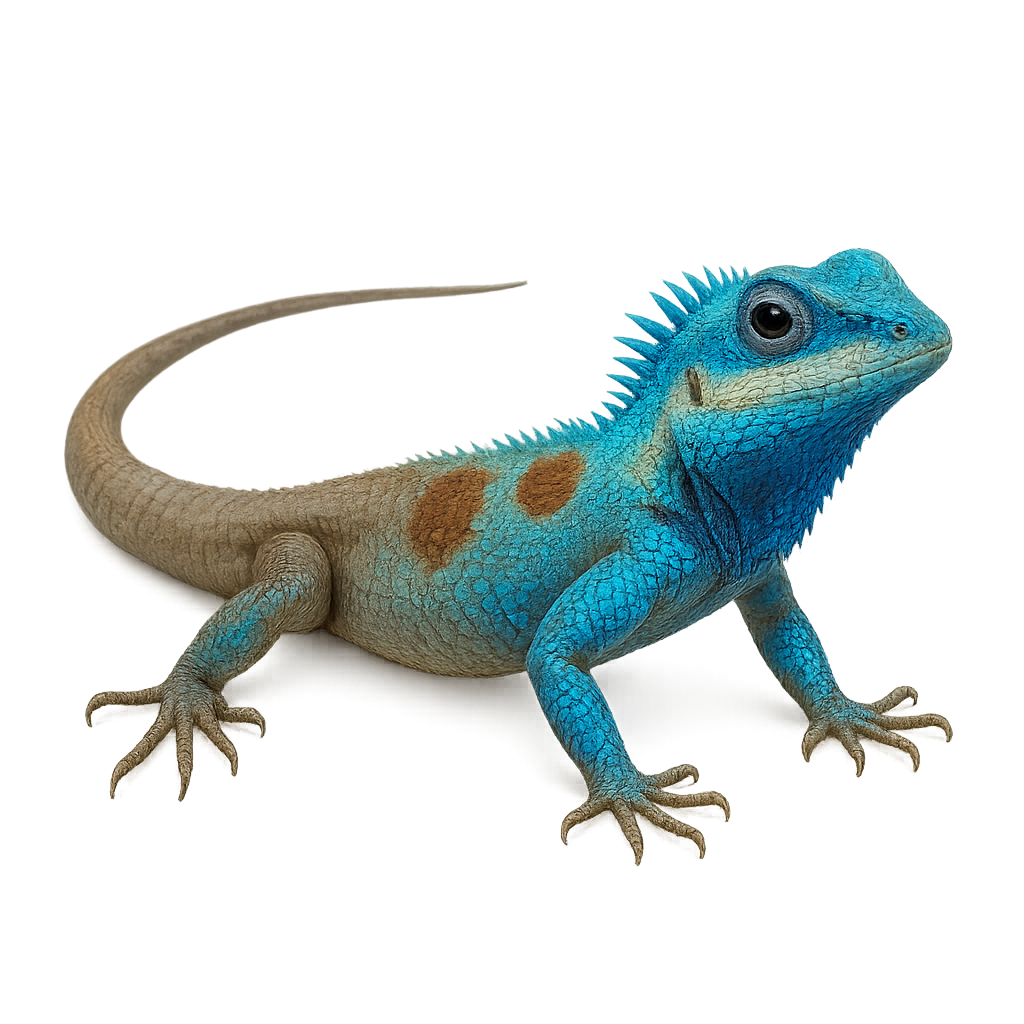Your wildlife tracking tool..
Browse 2,846species by country, track observations, and plan your photo outings.
Your global reference for wildlife photography
WildlifePhotographer gives you access to over 2,846 wildlife species sheets to help you identify, understand, and photograph wildlife around the world. Mammals, birds, reptiles… each sheet provides key information: habitat, activity, life cycle, signs of presence, and tailored photo tips.
Our database grows every week with new iconic species. To go further, access maps, reminders, logs, and personalized statistics in the app — designed to meet the real needs of wildlife photographers in the field.
Indochinese Forest Lizard
Calotes mystaceus
The Calotes mystaceus, or Indochinese Forest Lizard, is an arboreal lizard native to Southeast Asia, particularly found in Thailand, Myanmar, and Laos. It is recognizable by its vibrant coloration, often green with shades of blue and red, and its prominent scales around the head resembling a mustache. This lizard typically measures between 25 and 35 cm in length, including the tail. It prefers tropical rainforests and wooded areas, where it primarily feeds on insects and small invertebrates. Active during the day, it is often seen basking in the sun on branches or tree trunks. Although relatively common in its natural habitat, it can be difficult to spot due to its effective camouflage.
Indian python
Python molurus
The Indian Python is a large snake primarily found in the Indian subcontinent, including Sri Lanka, Nepal, Bangladesh, and Pakistan. It typically measures between 3 and 4 meters in length, although some specimens can reach up to 6 meters, and weighs between 30 and 90 kg. Its coloration is generally beige or light brown with dark spot-like patterns along its back. The Indian Python is a constrictor, meaning it kills its prey by suffocating it before swallowing it whole. It primarily feeds on mammals, birds, and reptiles, which it captures using its strength and ability to camouflage in its environment. While its population remains relatively stable, this snake can be threatened by habitat loss and hunting for its skin.



